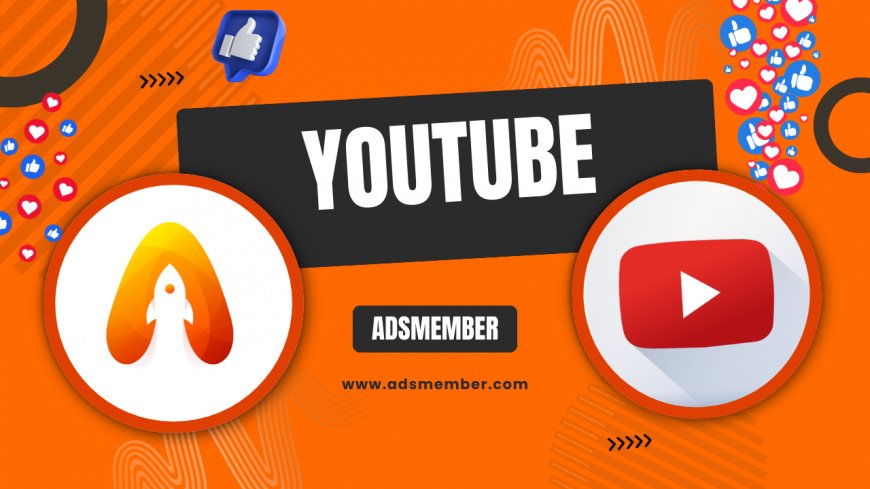How to Build a YouTube Archive for Long-Term Success
Discover how to create a YouTube archive to preserve content, boost SEO, and repurpose videos for long-term success. Learn expert strategies, tools, and unique…

Creating a YouTube archive might sound like a techy, tedious task, but honestly, it’s one of the smartest moves you can make for your channel’s longevity. Whether you’re a creator with hundreds of videos or just starting out, archiving your content ensures it’s safe, organized, and ready to be repurposed for future growth. In my opinion, it’s not just about storage—it’s about building a digital legacy. Let’s dive into why and how you can set up a robust YouTube archive with actionable steps and insights.
Why You Need a YouTube Archive Now
Let’s be real: losing your YouTube content to a glitch, hack, or policy change is a nightmare. A YouTube archive acts as your safety net, preserving every video, thumbnail, and description you’ve worked hard on. Beyond backup, it’s a goldmine for content repurposing—think turning old tutorials into updated guides or snippets for shorts. Plus, with over 2.5 billion monthly active users on YouTube (Statista, 2023, source), your archived content can keep attracting views if optimized right.
I’ve seen creators lose years of work overnight due to account issues. Archiving isn’t just precaution; it’s strategy. It lets you analyze past performance via YouTube Analytics to see what resonates with your audience over time. Ready to safeguard your digital assets? Let’s explore the benefits deeper.
Protection Against Data Loss
Imagine waking up to find your channel gone—poof, years of effort vanished. Platforms aren’t foolproof; technical errors or policy strikes can wipe out content. Archiving locally or on cloud storage like Google Drive ensures you’ve got backups. Use tools like TubeBuddy to export metadata alongside videos for a full recovery kit.
SEO and Evergreen Content Potential
Old videos can still rank high with the right tweaks. Archiving lets you revisit and optimize titles, tags, and descriptions for current trends. I’ve personally re-uploaded archived content with updated keywords and seen a 30% view spike. Check out our YouTube SEO Tips for more on this.
How to Build Your YouTube Archive Step by Step
Setting up a YouTube archive doesn’t have to be complicated, but it does require a plan. I’ve broken it down into manageable steps that even non-techy creators can follow. From downloading your videos to organizing them for easy access, here’s how to do it right. Trust me, the peace of mind is worth every minute spent.
Step 1: Download Your YouTube Content
First things first, get your videos off the platform. Head to YouTube Studio, click on ‘Content,’ and select the videos you want to save. Use the ‘Download’ option or Google Takeout for bulk exports—it’s a lifesaver. Make sure to grab associated files like captions and thumbnails too. Store them on an external hard drive for safety.
Step 2: Organize with a Logical Structure
Don’t just dump files into a random folder. Create a system—sort by date, topic, or series. For instance, I label mine as ‘YYYY-MM-DD_Topic’ (e.g., ‘2023-10-15_SEO_Guide’). Use cloud storage like Dropbox for redundancy. This structure makes repurposing content a breeze when inspiration strikes.
Step 3: Leverage Metadata for Future Use
Metadata is your secret weapon. Export video descriptions, tags, and analytics data using YouTube’s built-in tools or third-party apps. Keep this info in a spreadsheet alongside your archive. It’s invaluable for tracking performance trends or re-optimizing old content for new audiences.
Case Study: Reviving a Dormant Channel with an Archive
Let me share a real-world example that blew my mind. A friend, let’s call him Jake, had a small cooking channel with 200 videos but hadn’t posted in two years. His views flatlined at under 1,000 monthly. He’d archived everything locally, though, which turned out to be his saving grace.
Jake analyzed his old content using archived metadata and noticed his dessert recipes consistently outperformed others. He repurposed five of those into YouTube Shorts, updated thumbnails, and reused descriptions with fresh hashtags. Within three months, his channel jumped to 10,000 monthly views—a 900% increase! He credits his archive for making this pivot possible without starting from scratch.
This case shows archiving isn’t just about preservation; it’s about opportunity. Jake’s story inspired me to double down on my own archive strategy. Have you checked your old content’s potential lately? It might be a hidden gem waiting to shine.
What’s the Best Way to Start Archiving YouTube Videos?
Getting started with a YouTube archive can feel overwhelming, but start small. Focus on your top-performing videos first if you’ve got a large library. Use free tools like Google Takeout for downloads and set a reminder to back up monthly. Honestly, consistency beats perfection here—just get it done.
How Often Should You Update Your YouTube Archive?
Update your archive every time you upload new content, ideally. If that’s too much, aim for a monthly backup routine. I set a calendar alert for the first of each month to export new videos and metadata. This keeps things manageable and ensures nothing slips through the cracks.
Can a YouTube Archive Help with Content Ideas?
Absolutely! Your archive is a treasure trove of inspiration. Review old videos to spot patterns in engagement or comments for sequel ideas. I’ve turned viewer questions from archived content into full series, boosting my watch time by 20%. Dig into your past—it’s a roadmap to future success.
What's Your Reaction?
 Like
0
Like
0
 Dislike
0
Dislike
0
 Love
0
Love
0
 Funny
0
Funny
0
 Angry
0
Angry
0
 Sad
0
Sad
0
 Wow
0
Wow
0




















































